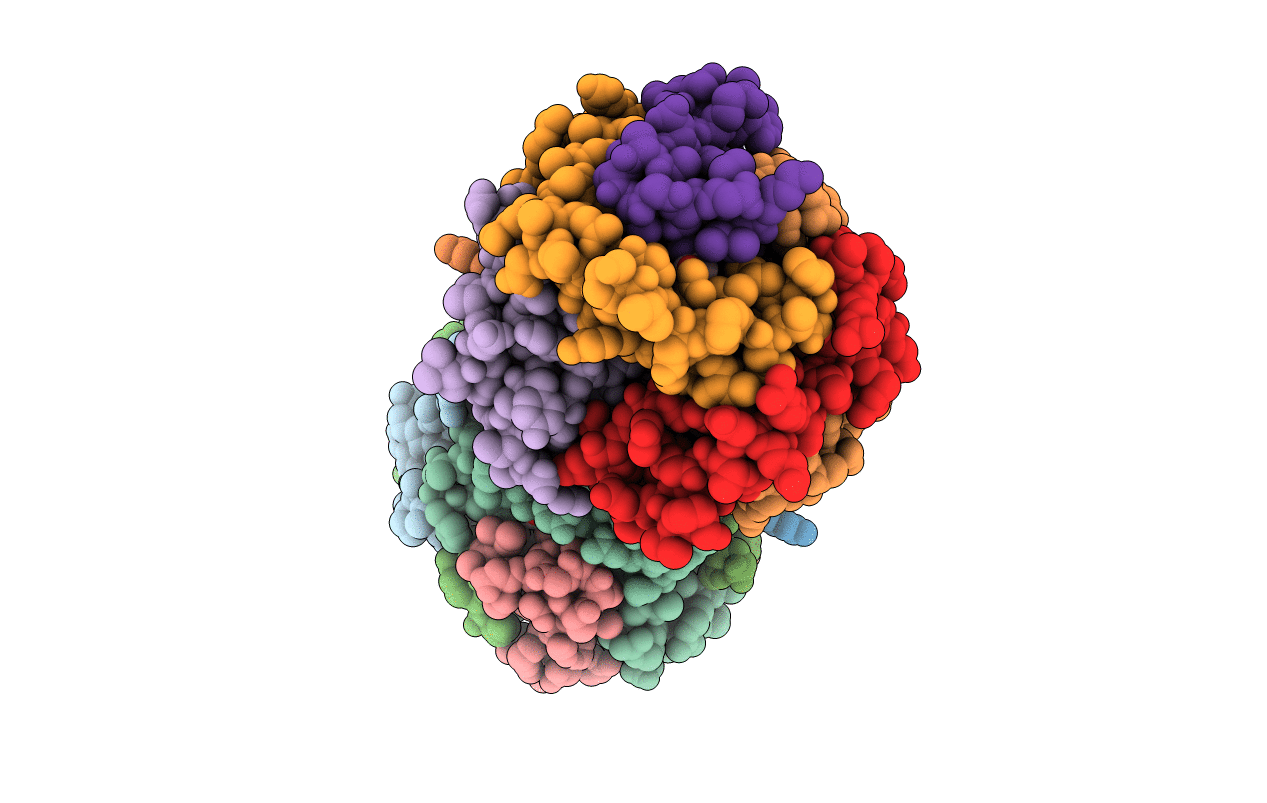
Deposition Date
2004-01-05
Release Date
2004-02-24
Last Version Date
2023-08-23
Entry Detail
PDB ID:
1S0Y
Keywords:
Title:
The structure of trans-3-chloroacrylic acid dehalogenase, covalently inactivated by the mechanism-based inhibitor 3-bromopropiolate at 2.3 Angstrom resolution
Biological Source:
Source Organism:
Pseudomonas pavonaceae (Taxon ID: 47881)
Host Organism:
Method Details:
Experimental Method:
Resolution:
2.30 Å
R-Value Free:
0.27
R-Value Work:
0.22
R-Value Observed:
0.22
Space Group:
P 1 21 1


